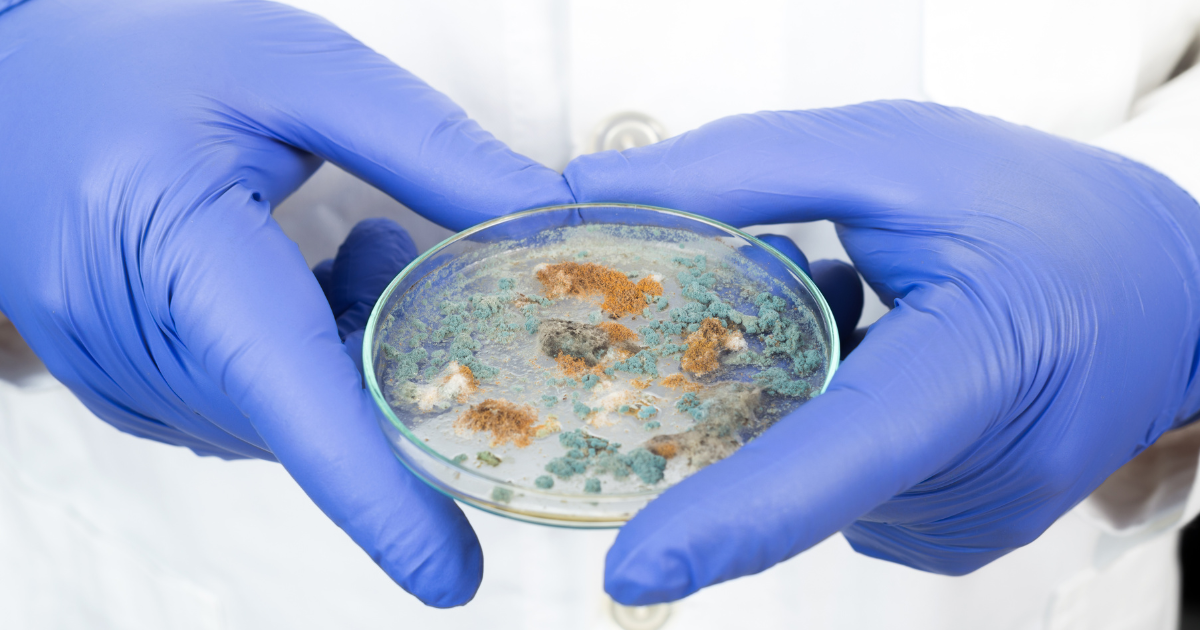
Petri dishes are essential tools used in laboratory research for a wide range of applications, from growing bacteria and fungi to studying cell cultures. Petri dishes are available in different sizes and materials, but plastic petri dishes are the most common in use today. In this article, we will explore the importance of petri dishes in laboratory research, and specifically, the significance of different petri dish sizes such as 50mm and 90mm.
Firstly, petri dishes provide a controlled environment for the growth of microorganisms. This is because petri dishes have a lid that prevents contamination from external sources, while still allowing air to flow in and out. Scientists can adjust the temperature, humidity, and other factors to create the ideal conditions for the growth of specific microorganisms.
Petri dishes also come in different sizes to accommodate various experimental needs. For example, the 50mm petri dish is a common size used for bacterial cultures because it requires less media to fill, making it more cost-effective. The smaller size also allows for more efficient use of space in incubators, which is essential in high-throughput research.
On the other hand, the 90mm petri dish is used for larger cell cultures and for experiments that require a larger surface area. The increased surface area allows for more cells to be grown, making it ideal for experiments that require larger samples.
Another important factor to consider when using petri dishes is the material they are made of. Plastic petri dishes are commonly used in laboratories due to their affordability, durability, and ease of use. However, glass petri dishes may be preferred for certain applications, such as when working with extremely high temperatures or strong acids and bases.
In conclusion, petri dishes are indispensable tools for laboratory research. Different petri dish sizes and materials offer flexibility and control in growing and studying microorganisms and cell cultures. Understanding the importance of petri dishes and their role in research can lead to more efficient and successful experiments.
Furthermore, it’s crucial to use petri dishes properly to ensure accurate and reliable results. For example, sterile techniques must be used when handling petri dishes to avoid contamination from external sources. Petri dishes should also be labeled correctly, indicating the type of media used, the date of inoculation, and other important information.
Additionally, the way petri dishes are stored can impact their effectiveness. Petri dishes should be kept in a cool, dry place, away from direct sunlight and heat sources. They should also be stored upside down to prevent condensation from forming on the lid, which can lead to contamination.
Finally, proper disposal of petri dishes is essential to prevent the spread of infectious microorganisms. Used petri dishes should be sterilized before being disposed of in designated biohazard waste containers.
In conclusion, petri dishes play a critical role in laboratory research. The choice of petri dish size and material depends on the experimental needs, and the correct usage and storage of petri dishes are crucial for reliable and accurate results. By understanding the importance of petri dishes in laboratory research, scientists can perform more effective experiments and make groundbreaking discoveries.

 10ml measuring Cup
10ml measuring Cup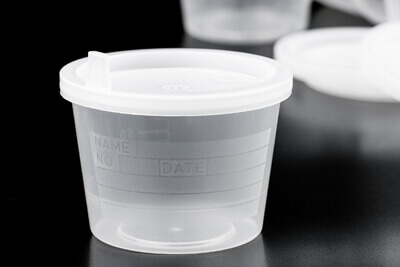 100 ml scaled Specimen Cup
100 ml scaled Specimen Cup 200 ml Sterile Specimen Cup
200 ml Sterile Specimen Cup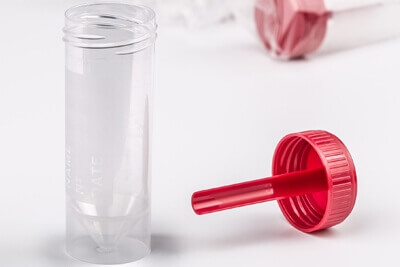 30 ml Specimen cup
30 ml Specimen cup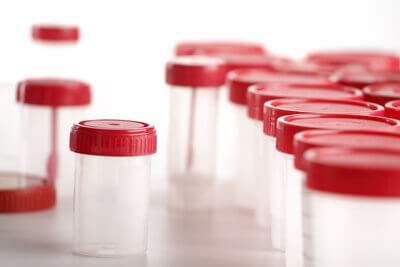 60 ml Specimen cup
60 ml Specimen cup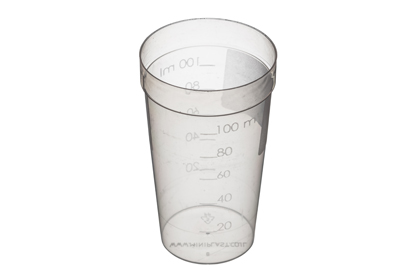 Polypropylene Titration cup 100ml
Polypropylene Titration cup 100ml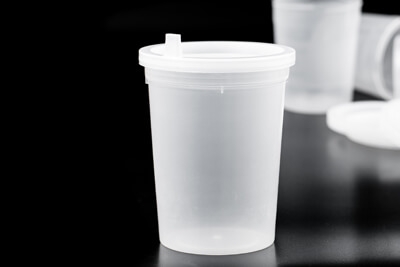 200 ml Specimen cup
200 ml Specimen cup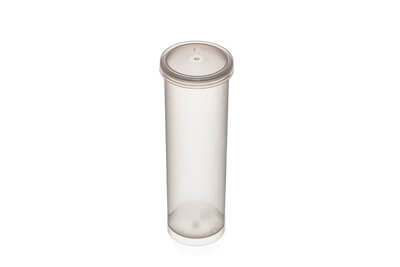 Milk test tubes
Milk test tubes 24 hour Urine Collection Containers
24 hour Urine Collection Containers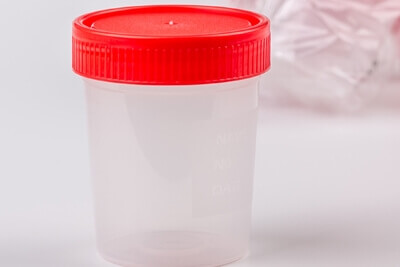 Urine Specimen Cups
Urine Specimen Cups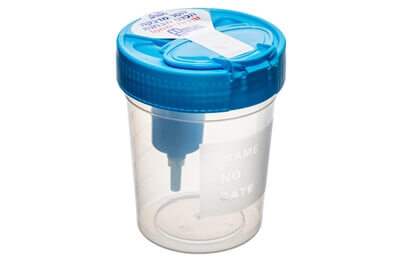 Urine Collection Cup + Cap with Two Openings
Urine Collection Cup + Cap with Two Openings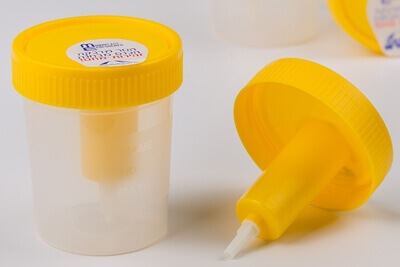 Urine Collection Container - Vacutainer
Urine Collection Container - Vacutainer QuadLoop 1 uL & Needle end
QuadLoop 1 uL & Needle end QuadLoop 10 uL & Inoculating needle end
QuadLoop 10 uL & Inoculating needle end QuadLoop 10 uL & Sphere end
QuadLoop 10 uL & Sphere end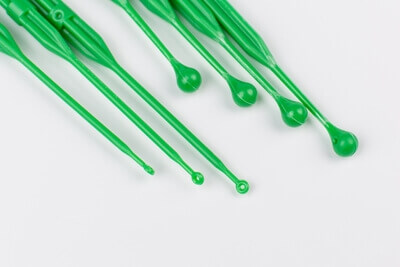 QuadLoop 1uL & Sphere end
QuadLoop 1uL & Sphere end QuadLoop Needle & Sphere end
QuadLoop Needle & Sphere end Sterile Cell spreaders, Drigalski spatulas
Sterile Cell spreaders, Drigalski spatulas 15 ml Centrifuge Tubes
15 ml Centrifuge Tubes 30 ml Transparent PS Tubes
30 ml Transparent PS Tubes 50 ml Centrifuge Tubes
50 ml Centrifuge Tubes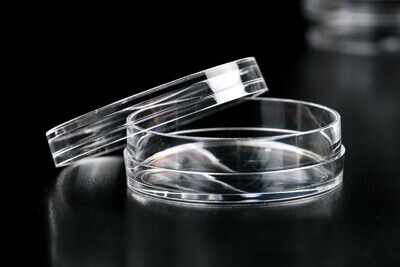 Petri dishes 50 mm (55x14.2)
Petri dishes 50 mm (55x14.2) Petri dishes PS 90 mm diameter (90X15)
Petri dishes PS 90 mm diameter (90X15)





